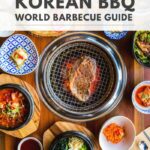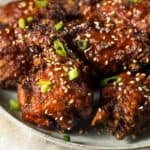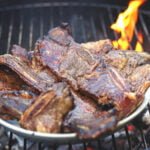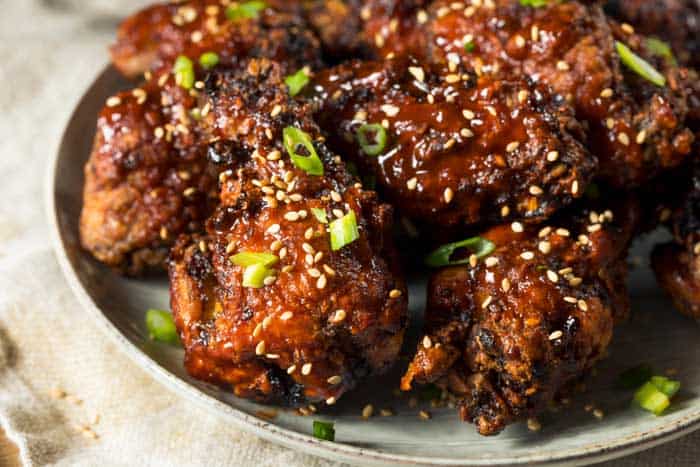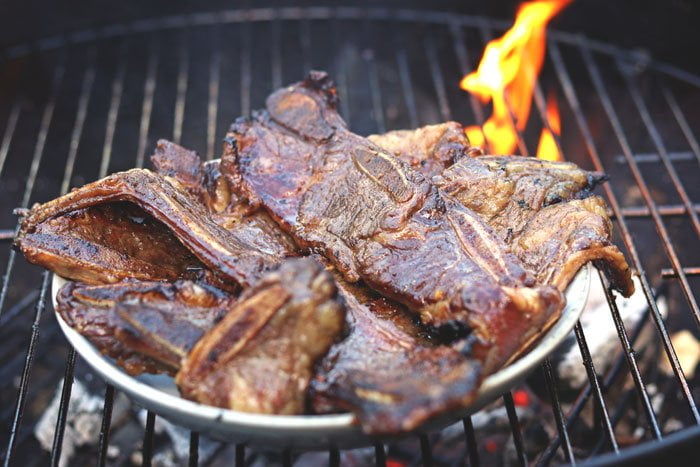Everything you need to know about Korean barbecue, from classic dishes to how to make the best Korean BBQ at home.
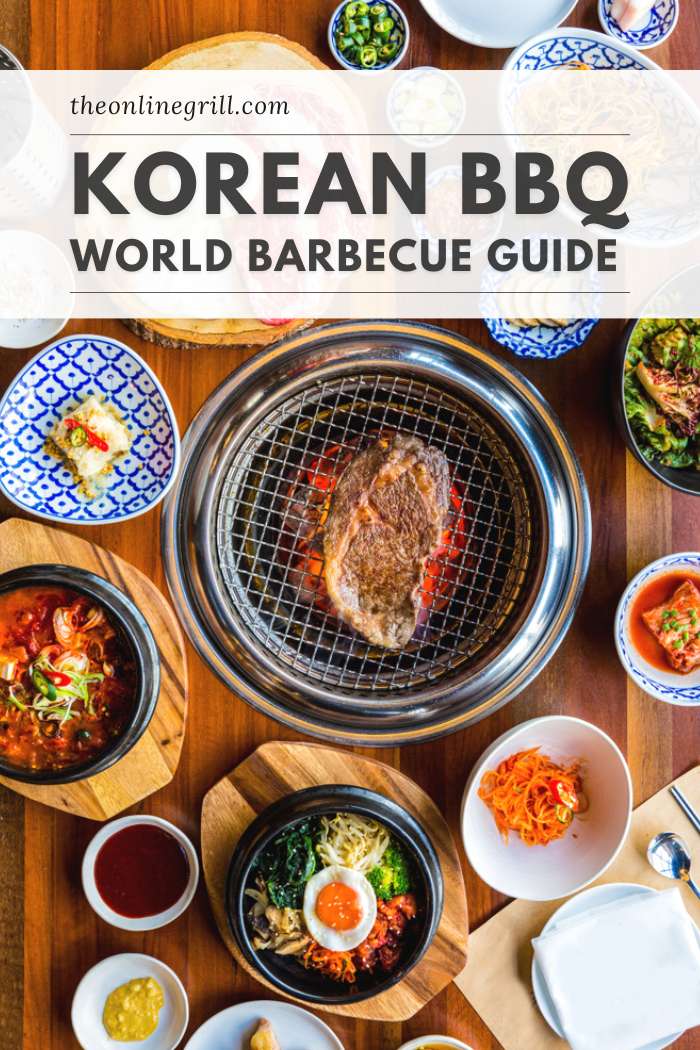
With its sudden rise to popularity in recent years, it’s almost impossible not to have heard about the wonder that is Korean BBQ. But if you’re still unsure what this Asian flavor party entails, don’t worry, we’ve put together this handy guide to help you out.
Soon you’ll be ordering (or making) Korean food with aplomb, perfectly able to tell your bulgogi from your banchan and your ssam from your jjigae.
This key component of Korean culture and cuisine is a masterclass in bringing people together over food. So, shall we begin?
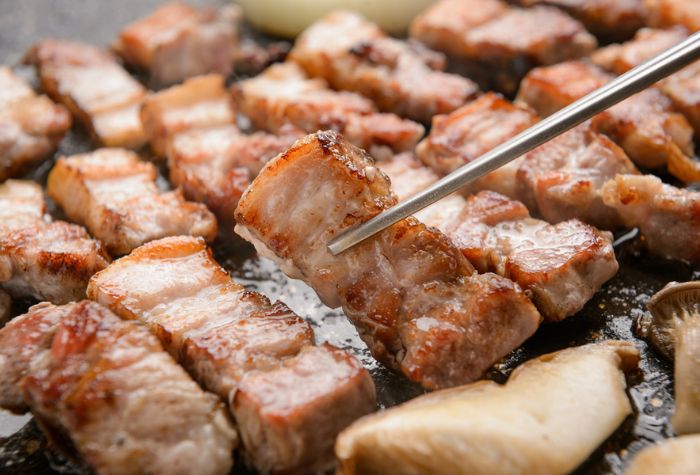
What is Korean BBQ?
Whilst a BBQ in the US might mean the slow cooking of meat in smoke, often using tougher cuts that get better with that time, Korean BBQ is the exact opposite.
In this Asian pastime, diners sit directly around the grill (the grills themselves are a little like hibachis, small and made for indoor use) and cook the meat themselves. As you might imagine, thin slices of marinated meat are best used for this as they cook quickly over the hot coals. KBBQ restaurants smell exactly as great as you might imagine with all that sizzling meat.
Whilst the meat’s important, it’s not the only component of this Korean dining experience. As we touched on earlier, the sides have equal billing, and the restaurant is only as good as all its components. There are cooling elements like the lettuce or perilla leaves you to wrap everything in and the plain rice you’ll be grateful for if you’ve gone a little heavy on the gochujang. Then there are the banchan, the vegetable side dishes that add punches of flavor (think of kimchi and marinated greens) and chili heat (like Oi Muchim or spicy cucumber salad) to cut through the richness of the meat. Speaking of spice, no KBBQ would be complete without ssamjang (meaning wrap sauce) which does exactly what it says on the tin, bringing everything you wrap up together.
History
Whilst Korean BBQ (KBBQ) might have shot to fame recently worldwide, it’s been a part of the national cuisine for over 2000 years! Do not adjust your screens, you read that correctly, KBBQ is embedded in Korea’s history and it can be traced as far back as the Goguryeo era (37 B.C. – 668 A.D.).
Nomadic tribes in the country would make rudimentary BBQs over which to grill meat skewers it became known as “maekjeok” which literally translates “meat over a fire”. In time, it was renamed “bulgogi” which means “fire meat” – today the thin cuts of meat cooked on a KBBQ are still known as bulgogi (but we’ll get to that later).
When Korea came under Buddhist rule, it became illegal to eat meat, and vegetable dishes (known as “banchan”) became an integral part of the KBBQ and one that remains important today. KBBQ enthusiasts will tell you that the meal is nothing without its banchan.
The main principle of the KBBQ is bringing friends and family together for an interactive experience over which they can bond, laugh and share stories whilst enjoying incredible food. In almost 2000 years, that idea hasn’t changed at all.
Korean BBQ Etiquette
Unsurprisingly with a cuisine that’s been around for so long, KBBQ has a few strict rules of etiquette. We’ve listed a few briefly below to stop you from making any faux pas.
- Eat each wrap in one bite – we’d advise keeping your wraps small so you can do this
- Use both your hands and the chopsticks – grab the leaves with your hands and then pile the fillings in with chopsticks
- Pick a little from the banchan at a time rather than spooning large portions onto your plate
- Sip on soju and makgeolli rather than knocking them back like a shot
- Flip the meat only once to ensure the fat crisps properly on each side
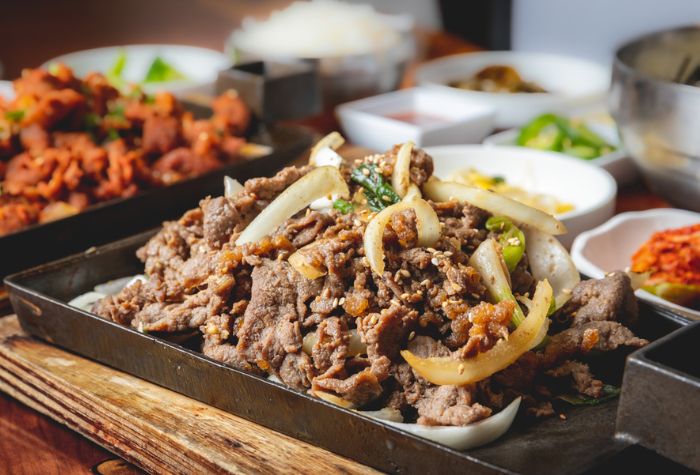
Classic Korean BBQ Dishes
- Bulgogi: Very thinly cut pieces of steak, usually sirloin, brisket or ribeye, marinated simply (usually in soy sauce, sugar, garlic, and sesame oil, but each chef has their own recipe)
- Galbi: Thinly cut short ribs (also known as flanken-cut), these grilled Korean short ribs are often marinated in a similar sauce to bulgogi
- Dwaeji Bulgogi: Thin slices of pork shoulder usually marinated in something with a punchier flavor such as gochujang
- Buldak: The name translates to ‘fire chicken’ and it certainly lives up to its title with a fiery marinade made from gochugaru and gochujang
- Ssamjang: The ‘wrap sauce’ we touched on earlier, a sweet, spicy and nutty combination of gochujang, fermented soy beans and sesame oil
- Kimchi: A fermented cabbage dish packed with the flavors of garlic, ginger, gochujang and Korean fish sauce amongst other things. Try making your own with our grilled kimchi recipe.
- Jjigae: A traditional Korean stew that isn’t integral to BBQ but makes for a delicious side dish
What Kind of Grill Do You Need for Korean BBQ?
We touched on the grills a little above but there are a few different types you can choose from. The most important part of the grill is that it sits in the middle of the table, vital to the KBBQ experience as it allows everyone to get involved and cook their own food. Gas and electric options are the most popular for home grillings as they’re easy to manage and control. Traditionally charcoal would have been used (and still is in a lot of restaurants) to get a smoky flavor but it’s not the most practical for use inside the home.
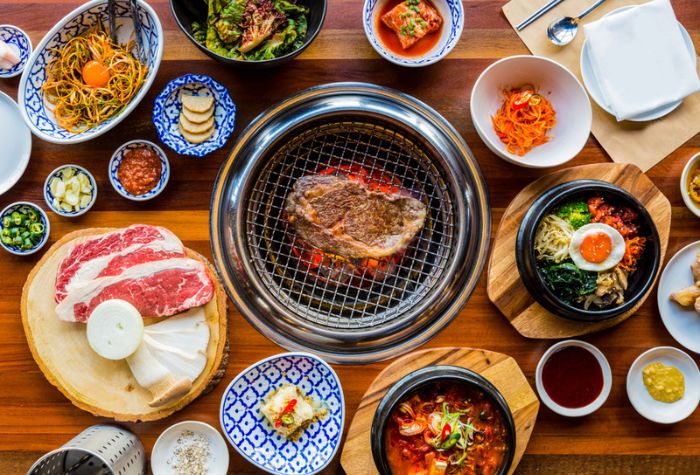
How to Make Korean BBQ at Home
- Marinate your meat for 3-4 hours
- Prepare your ssamjang and dipping sauces
- Make your banchan (if you live near a Korean supermarket, they often have great pre-prepared banchan ready to go)
- Cook your rice
- Heat your grill
- Gather your friends and family around for a self-cooked Korean feast
